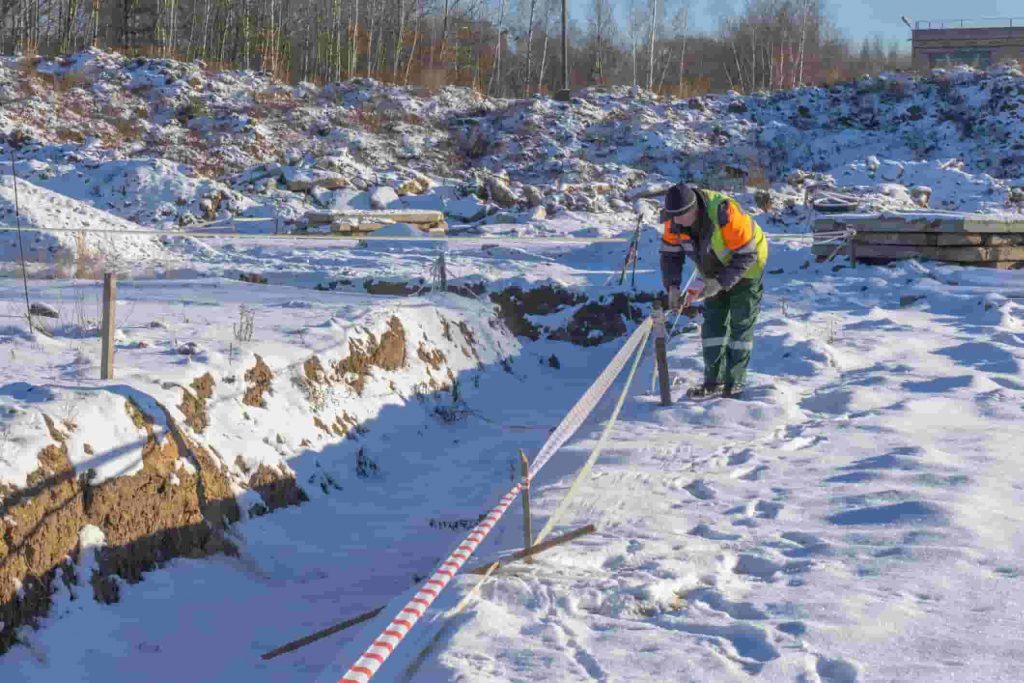Staying indoors during winter enhances warmth and safety. However, in many industries, cold weather generally does not bring outdoor work to a stop.
Sadly, the cold weather puts workers at a higher risk of cold stress. Here are common cold-related illnesses and injuries at work and how to identify them.

1. Hypothermia
Continued exposure to cold temperatures makes your body lose more heat than it can produce. This can eventually lead to hypothermia — a condition where your body uses all its stored energy, leading to an extreme drop in body temperature. This may affect your brain and slow down your thinking and movements.
Common symptoms of hypothermia include disorientation, shivering, confusion, and fatigue. In severe cases, the extremely low body temperature may cause loss of consciousness, leading to permanent brain damage if not well managed.
2. Frostbite
Frostbite refers to the freezing of skin tissues due to cold temperatures. As a result, the skin becomes extremely cold, turns red, numb, and pale. While the exposed parts of your body are the most vulnerable, frostbite can also affect covered body parts. Workers with reduced blood circulation are at a higher risk of this condition. Severe frostbite can lead to permanent damage of body tissues or even amputation.
3. Trench Foot or Immersion Foot
Your feet are at a higher risk of suffering trench foot or immersion foot if you are always working in wet and cold weather. Naturally, when working in the cold, your body cuts off circulation to your feet as a way to conserve heat. Unfortunately, this may lead to the death of skin tissues around the feet due to a lack of oxygen. Common symptoms include leg cramps, swelling, reddening of the skin, or tingling pain.
4. Chilblains
Chilblains are painful inflammation of the capillaries in your skin. These painful inflammations usually affect body parts constantly exposed to cold temperatures such as ears, toes, fingers, and cheeks. This condition can worsen for workers with poor circulation or diabetes.
5. Slip and Falls Injuries
Ice and snow make the surfaces slippery, putting workers at a higher risk of slipping and falling. A slip and fall could leave you with broken limbs or catastrophic fractures.
Protect Yourself!
Most cold illnesses and injuries can be prevented with proper safety measures. Firstly, ensure you wear warm clothes and eat enough calories to keep your body’s energy up. Also, limit your exposure during the cold season. Most importantly, seek medical attention if you think you might be suffering from cold stress.
The Law Office of James Hoffmann Can Help You Pursue Your Compensation
If you have suffered cold-related illnesses or injuries at work, let the Law Office of James Hoffmann help you! We are dedicated to helping our clients recover the full amount of workers’ compensation benefits they are entitled to. Contact us to schedule a free case review.
